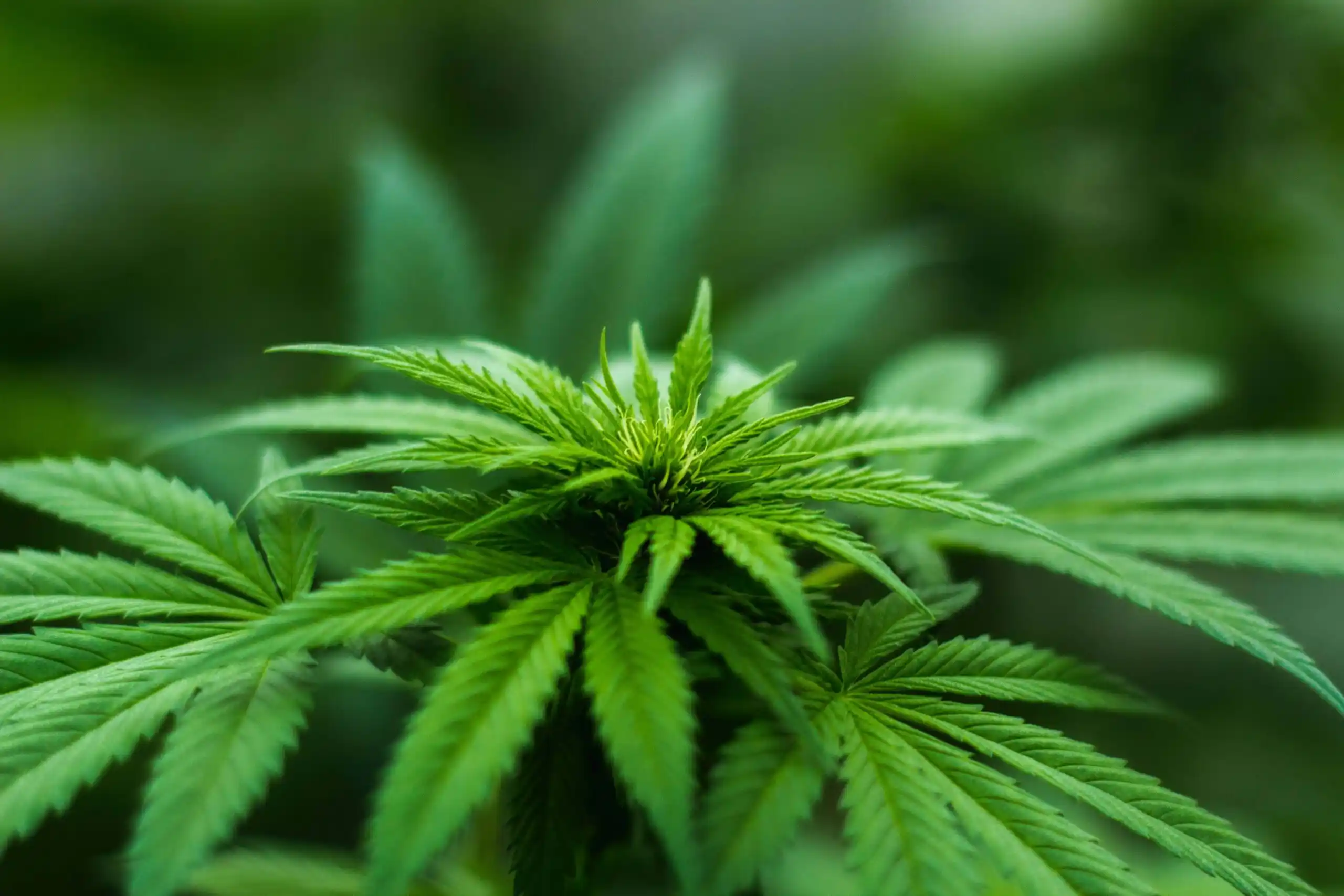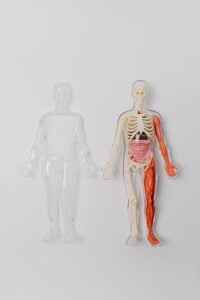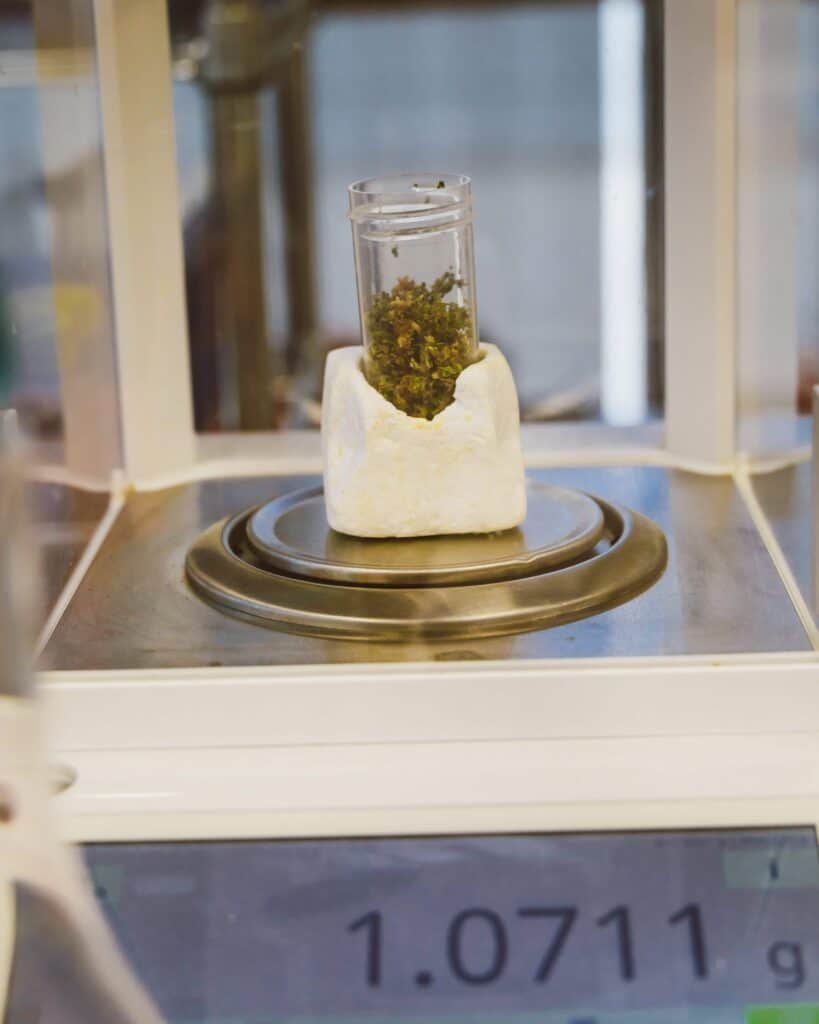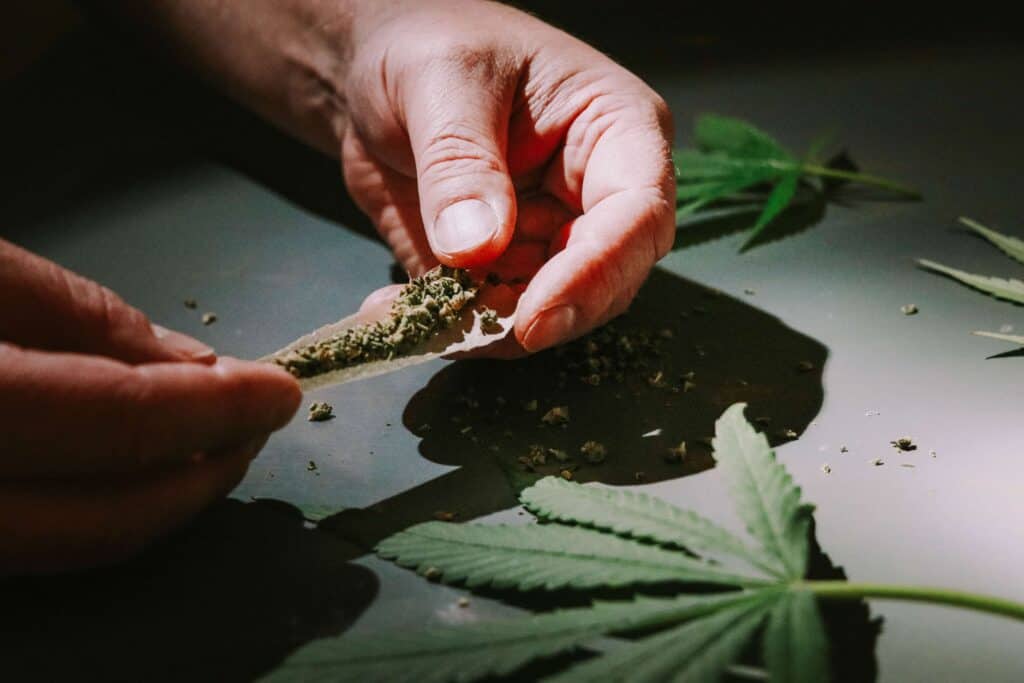
Cannabis is one of the oldest known cultivated plants. Over the millennia, this versatile plant has been used for everything from making rope and sails to food and medicine. Even today, some 12 000 years after humans probably first domesticated the plant, cannabis is still the most commonly consumed 'drug' in the world. Whether for medicinal or recreational purposes, cannabis is as popular today (if not more so) than it once was, despite extensive restrictions on production, distribution and use.
In the 20th century, cannabis prohibition spread around the world and restricted legal access to the plant. As a result, recreational users and medical patients were forced to obtain cannabis from illegal sources. Over the past few decades, however, a steady wave of cannabis reforms has restored legal access to cannabis products for both medical and recreational use. Countries around the world have now legalised cannabis for medicinal purposes and many countries, including Germany, are currently planning to follow the example of North American countries and legalise cannabis.
Despite this gradual acceptance, cannabis remains illegal in some countries and can have legal consequences for users. A positive test for THC (the primary psychoactive component of cannabis) can result in various civil and legal actions in many countries. For example, a positive drug test can lead to disciplinary action at work, revocation of a driver's licence or even criminal prosecution of the user. Therefore, it is crucial for consumers to know how long cannabis can be detected in blood, urine and other testing methods.
The cannabis plant owes its impressive versatility to the large number (and various combinations) of herbal active ingredients found in it. These include over a hundred cannabinoids as well as hundreds of terpenes and flavonoids. All cannabinoids start life as acids. THC is tetrahydrocannabinolic acid - also known simply as THCa. When heated, THCa becomes THC, a well-known psychoactive cannabinoid with numerous therapeutic properties.
The effective effects of THC on the body have made THC content an important factor in the development of medical cannabis products that can be used to treat a variety of ailments. However, as already mentioned, THC also has psychoactive effects, making it equally popular among recreational users. For this reason, THC and its metabolites are the focus of drug tests designed to detect cannabis use. However, to understand how these tests work - and how long they can detect cannabis - it is important to understand how cannabis is metabolised in the body.

Our body's metabolism works by converting one chemical substance into another "new" chemical substance, called metabolites. This process begins as soon as the chemical enters the body, regardless of how it is consumed. Metabolism generally takes place in the liver, where there is a high concentration of enzymes (proteins that speed up chemical reactions). Simply put, the liver acts as a sort of purification system for the body, breaking down not only food but also drugs and medications.
This filtration process takes place in two phases: in the first phase, enzymes initiate a chemical reaction that oxidizes a compound - in this case, cannabinoids such as THC and cannabidiol (CBD). This increases the solubility of the compounds in water. In some cases, this first phase can produce metabolites that can be eliminated from the body; however, this is not the case for many chemicals. In phase 2, these "new" compounds are further catalyzed by another class of enzymes called transferase enzymes or UTGs. This chemical reaction combines the compounds into a larger molecule, which in turn increases their water solubility and makes it easier for the body to excrete them. But that's not the end of the story when it comes to detecting cannabis in blood and urine.
Many people assume that once the effects wear off, they will no longer be positive about cannabis. Of course, the duration of the effects can vary considerably depending on the type of consumption.1 For example, when smoking cannabis, the intoxicating effect of THC sets in quickly and lasts approximately two to four hours. In comparison, oral consumption, e.g. B. in the form of edibles, the effects take much longer and can last up to 10 hours. But just because the effects have worn off doesn't mean you still can't test positive for THC.
THC is a fat-soluble compound, which means that regular consumption can lead to the accumulation of this cannabinoid in the body's fatty tissue. In addition, although THC metabolites are efficiently broken down by the liver, they are found in the plasma (blood) in higher concentrations and for longer periods of time than THC itself.
There are a number of factors that can affect how long THC (and its metabolites) remain detectable in the body. This includes the frequency of consumption, the amount and type of consumption, as well as the material being tested. For example, drug tests can be carried out in blood (plasma), urine and even hair - and the detectability of THC after consumption is different for each. So how long does THC last in blood and urine?

One of the easiest ways to detect THC (and other substances) in the body is by taking blood. However, this method also has the shortest detection window, i.e. h. Blood tests can only detect THC for a relatively short time after exposure. THC is typically detectable in the blood only a few hours after consumption, whereas its metabolite, THC-COOH, can be detected for several days. But how long exactly can cannabis be detected in the blood?
The detection window for cannabis in the blood can vary depending on the amount consumed, the frequency of consumption and the THC content of the product used. For occasional users, this means that cannabis is usually only detectable in the blood for 24 to 48 hours (1-2 days). However, the results of the Therapeutic Drug Monitoring study (2) suggest that for some chronic users, cannabis can be detected in the blood up to 25 days after their last consumption. The table below provides a rough indication of the detection window for cannabis in blood at different levels of consumption.
[table id=2 /]
*Casual consumer with no more than one consumption per week.
**chronic use with multiple consumption per day
The most common test for detecting drugs, including cannabis, is the urine drug test (UDT). This involves testing a urine sample for certain chemicals such as THC and THC metabolites. The detection time for cannabis in urine is generally longer than in blood, although the exact time period can vary considerably depending on the amount consumed and the frequency of consumption.
So how long can cannabis be detected in urine? As a guide, most sources state that cannabis can be detected in urine for 3 to 30 days. However, in cases where cannabis is consumed multiple times a day, a urine test can detect THC and/or its metabolites for much longer time (3), perhaps for several months.
[table id=2 /]
*Casual consumer with no more than one consumption per week.
**chronic use with multiple consumption per day
As mentioned above, the window of detection for cannabis can vary significantly depending on several factors. While frequency of use can greatly influence this detection window, other considerations need to be taken into account when answering the question of how long cannabis can be detected in blood and urine. These include body mass index (BMI), genetics and the strength of the cannabis consumed.
As drug tests are designed to detect THC, the THC content of the product consumed can have a significant impact on how long cannabis use can be detected. Consumption of products with higher THC content or regular consumption results in higher concentrations of THC and metabolites in the blood and urine. This can significantly increase the chances that a person will test positive for cannabis use.
It is therefore useful to know the strength of the cannabis product you are using. In cases where cannabis is obtained from illegal sources, this is usually not possible; however, if you are buying legally, this information should be freely available.

As already mentioned, frequent consumption of cannabis can cause THC to accumulate in the body's adipose tissue. Therefore, people with a higher percentage of body fat metabolize cannabis more slowly than people with less body fat. Metabolism can also be affected by genetics, meaning that some people naturally process THC faster than others.

The route of administration - i.e. the way in which the cannabis is consumed - can also affect the cannabis detection window. For example, modes of consumption such as smoking and vaping have a short onset and duration of action. In comparison, when cannabis is consumed, e.g. B. in edibles, it takes much longer to take effect and is thought to remain in the body longer. However, THC can still be detected in the blood and urine long after the effects have worn off.

Police and other law enforcement agencies can accurately determine whether a person is over the drink-drive limit with a simple breathalyzer test. This test shows whether a person is over the limit by detecting alcohol metabolites in the driver's breath - but it doesn't work on cannabis. Tests to detect cannabis and other controlled substances - including blood and urine tests - are more complex and time-consuming. Yet they can be just as telling as breath tests for alcohol.
Blood and urine tests can be done to detect cannabis use for a variety of reasons, such as B. as part of drug rehabilitation, for professional purposes (e.g. for jobs requiring a special driving licence), for participation in the military or sports, or in legal situations. These tests are designed to detect minimal levels of THC or its metabolites to determine whether cannabis has been consumed. What is the limit for cannabis and cannabis metabolites in drug tests?
Urine tests are performed in two parts. First, there is an initial screening test - usually an immunoassay, followed by a confirmatory test in the laboratory if the result is positive. Immunoassay monitoring is the first qualitative test to determine the presence of cannabis and other drugs in urine based on the limit of detection. For THC, this detection limit is reportedly lower than 1 µg/L THC4 equivalent. To set the record straight, Study 20125 , which looked at users who smoked a single cannabis cigarette containing 6.8 % THC, found that THC was present in 100 % regular cannabis users and 60-100 % occasional users.
Are blood tests as accurate as urine tests? Generally speaking, blood tests look for the presence of THC, while urine tests look for THC metabolites, such as THC-COOH. For this reason, blood tests can be useful for determining the active amount of THC in the body - but only for a short period of time after consumption before the body breaks down the compound. This explains why blood tests have a significantly shorter detection window compared to other testing methods, including urine and saliva tests. However, some scientists believe that blood tests provide a more accurate way to determine actual cannabis impairment6 - a factor that is difficult to detect with urine tests, which can give a positive result weeks after consumption.
Anyone worried about testing positive for cannabis in a drug test will naturally wonder if there is anything they can do to shorten the detection window. In theory, speeding up the metabolism of cannabis could help flush THC and its metabolites out of the body. This can be achieved in several ways:
Some sources suggest that exercise may be an effective way to do this, as physical activity increases blood flow and can make you sweat, potentially breaking down THC more quickly. However, if you exercise so much that you deplete your fat stores, it can actually have the opposite effect. As mentioned, THC is a fat-soluble compound that can be stored in the fatty tissue of the body. Excessive exercise could cause THC from these tissues to be released back into the bloodstream, increasing the likelihood of a positive test result.
It's easy to find products online like "detox kits" that claim to dilute the presence of THC and other substances in your body; however, these kits are anything but reliable or safe. In fact, the only reliable way to reduce the likelihood of testing positive for cannabis in a urine or blood test is to limit your consumption or use products with a lower concentration of THC. Above all, you should always make sure that you do not consume cannabis before performing safety-related tasks such as driving or operating heavy machinery.
While blood and urine tests are some of the most popular methods for detecting controlled substances such as cannabis, they are not the only options. For example, saliva and hair samples can also be used to detect cannabis consumption with high accuracy. However, as we have seen with blood and urine tests, the detection windows of these methods can also vary considerably.
Once cannabis is consumed and metabolized, our body begins to excrete it. This happens in various ways, including urine, sweat and saliva. Saliva testing is a convenient and quick way to spot certain substances, including cannabis. To do this, a swab is taken from a person's mouth and inserted into a detection device. This device can provide results in approximately five to ten minutes; however, a confirmatory laboratory test may also be required to confirm a positive or non-negative result.
Cannabis is usually detectable in saliva around 25 to 72 hours after consumption (1-3 days). This means that saliva tests offer the second shortest window of detection, after blood tests.
Compared to other testing methods, hair analysis offers by far the most comprehensive view of past drug use. When we consume a drug such as cannabis, it is absorbed into the blood and then transported throughout the body. During hair growth, substances from the blood supply are absorbed into the hair follicles, which can then be used to detect drug use, including cannabis.
Hair analysis offers a longer detection window and can provide a monthly overview of drug use. For example, for 1 cm of hair, a period of about a month can be assessed. In this way, trends in drug use, including abstinence, can be identified. Usually the detection window for hair follicle testing is around three months, but in some cases THC can be detected for up to 12 months.

Urine tests for cannabis use can be done for a variety of reasons. They can be conducted in the context of an employment relationship, to determine eligibility to participate in sporting events, or for legal reasons, e.g. B. to determine whether a person has been driving under the influence of an intoxicant. Possible test based on power supply, but with a strong power supply there is also a lot of power. For example, a positive drug test for cannabis during a traffic stop can lead to a revoked driver's license or serious legal consequence. It is therefore essential to follow the applicable guidelines for handling cannabis products.
The legal limit for driving in Germany is 1 ng THC per ml of blood, although some experts suggest increasing it to 3 ng/ml. However, a driving ban cannot be imposed on patients with medical cannabis7 provided the medicine is taken as prescribed and the patient is able to drive safely.
The accuracy and detection window of various drug tests, including blood and urine tests, can be difficult to understand. In short, blood and urine tests are an accurate means of detecting past cannabis use. There are a number of factors that can increase the risk of a positive cannabis test, including frequency of use and the THC content of the products used. Cannabis should always be consumed responsibly and as directed by a physician.
